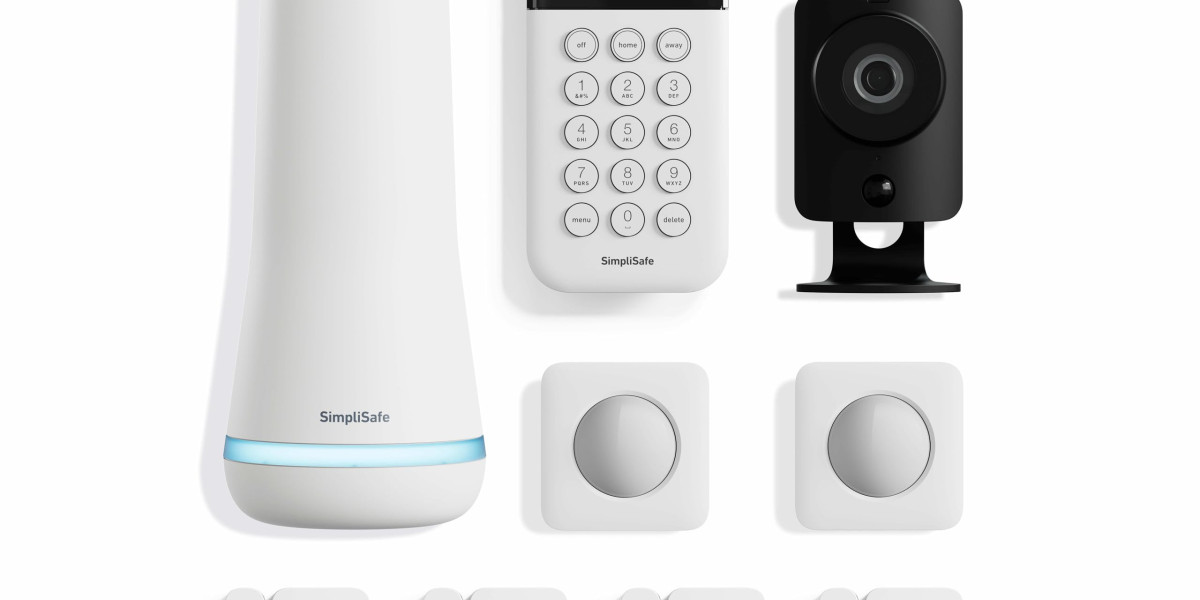In recent years, the concept of a smart home has transitioned from a futuristic dream to a practical reality. Smart Home Products once seen as luxuries, are now becoming commonplace in households across the globe. These devices, which are designed to automate and enhance various aspects of daily life, offer convenience, security, energy efficiency, and even entertainment, all accessible at the touch of a button or a voice command.
What Are Smart Home Products?
Smart home products are devices connected to the internet and can be controlled remotely through a smartphone, tablet, or smart speaker. These products are often part of a larger ecosystem that allows for seamless integration between different devices, creating a cohesive and automated home environment. From lighting and security systems to kitchen appliances and entertainment setups, smart home products cover a wide range of functionalities, each designed to make life easier and more efficient.
Categories of Smart Home Products
Smart home products can be broadly categorized into several key areas:
- Smart Lighting:
- Description: Smart lighting systems allow users to control the lighting in their homes remotely. These systems often include features like dimming, color changing, and scheduling.
- Popular Products: Philips Hue, LIFX, Wyze Bulb.
- Benefits: Energy savings, enhanced ambiance, and convenience.
- Smart Security:
- Description: Smart security products include cameras, doorbells, locks, and alarm systems that can be monitored and controlled remotely.
- Popular Products: Ring Video Doorbell, Nest Cam, August Smart Lock.
- Benefits: Increased security, real-time monitoring, and remote access.
- Smart Thermostats:
- Description: Smart thermostats allow for precise control of home heating and cooling systems. They often feature learning algorithms that adapt to the user’s habits.
- Popular Products: Nest Learning Thermostat, Ecobee, Honeywell Home T9.
- Benefits: Energy efficiency, cost savings, and comfort.
- Smart Appliances:
- Description: Smart appliances range from refrigerators to washing machines that can be controlled and monitored via smartphone apps.
- Popular Products: Samsung Family Hub Refrigerator, LG Smart Washer, iRobot Roomba.
- Benefits: Convenience, time savings, and improved functionality.
- Smart Entertainment:
- Description: This category includes smart TVs, speakers, and streaming devices that offer an enhanced and personalized entertainment experience.
- Popular Products: Amazon Echo, Google Nest Hub, Apple TV.
- Benefits: Voice control, personalized content, and integration with other smart devices.
- Smart Home Hubs:
- Description: Smart home hubs serve as the central control point for all connected devices in a smart home ecosystem.
- Popular Products: Amazon Echo, Google Nest Hub, Samsung SmartThings Hub.
- Benefits: Centralized control, automation, and integration of multiple devices.
The Impact of Smart Home Products
The introduction of smart home products has significantly impacted how we live. Below are some key areas where these products have made a notable difference:
- Convenience:
- Smart home products have made everyday tasks easier. Whether it’s adjusting the thermostat from your bed, turning off the lights with a voice command, or checking who’s at the door from your phone, these devices are designed to simplify life.
- Energy Efficiency:
- Smart thermostats and lighting systems are particularly effective at reducing energy consumption. By learning the user’s habits and optimizing usage patterns, these devices help lower utility bills and reduce the household's carbon footprint.
- Security:
- Smart security systems provide peace of mind by allowing homeowners to monitor their properties in real-time. Alerts, video feeds, and remote access to locks and alarms mean that homeowners can keep their homes secure, no matter where they are.
- Customization and Personalization:
- Many smart home products offer extensive customization options. Users can set schedules, create routines, and adjust settings to suit their preferences. This level of personalization ensures that the smart home adapts to the user’s lifestyle.
- Interconnectivity:
- One of the most significant advantages of smart home products is their ability to connect and work together. Through platforms like Amazon Alexa, Google Assistant, and Apple HomeKit, users can create a network of devices that communicate seamlessly, providing a unified and intuitive experience.
Challenges and Considerations
While smart home products offer numerous benefits, they also come with challenges that potential users should consider:
- Privacy and Security:
- With increased connectivity comes the risk of cyber threats. Smart home devices can be vulnerable to hacking if not properly secured. Users must ensure they use strong passwords, regularly update firmware, and use secure networks.
- Cost:
- The initial cost of setting up a smart home can be high. While prices for smart home products have been decreasing, they are still more expensive than their traditional counterparts. However, the long-term savings in energy costs and the added convenience can offset these expenses.
- Compatibility:
- Not all smart home products are compatible with each other. Users need to ensure that the devices they purchase can work together within the same ecosystem. This requires careful planning and sometimes limiting purchases to specific brands or platforms.
- Complexity:
- For some, the complexity of setting up and managing a smart home can be daunting. While many devices are designed to be user-friendly, the sheer number of options and settings can be overwhelming. Professional installation and setup services are available but add to the cost.
The Future of Smart Home Products
The future of smart home products is promising. As technology advances, these products will become even more integrated into our daily lives. Here are some trends to watch for:
- Increased AI Integration:
- Artificial intelligence (AI) will play a larger role in smart homes. AI-driven systems will be able to predict needs and automate tasks with greater accuracy, making homes even smarter.
- Sustainability:
- As the focus on sustainability grows, smart home products will increasingly incorporate eco-friendly features. Energy management systems, water-saving devices, and products made from sustainable materials will become more common.
- Health and Wellness:
- Smart home products that focus on health and wellness are on the rise. These include air purifiers, sleep trackers, and even smart beds that monitor and improve sleep quality.
- Voice Control and Natural Language Processing:
- Voice assistants will become more sophisticated, understanding more natural and conversational language. This will make interacting with smart home devices even more intuitive.
- 5G Connectivity:
- The rollout of 5G networks will enable faster and more reliable connections between smart home devices. This will lead to more responsive systems and the ability to handle more devices simultaneously.
Conclusion
Smart home products have revolutionized the way we interact with our living spaces. They offer unparalleled convenience, security, and efficiency, transforming ordinary homes into interconnected hubs of technology. While there are challenges to consider, the benefits far outweigh the drawbacks for many users. As the technology continues to evolve, smart homes will become even more integrated into our daily lives, offering new possibilities and improving the quality of life in ways we are just beginning to imagine.





